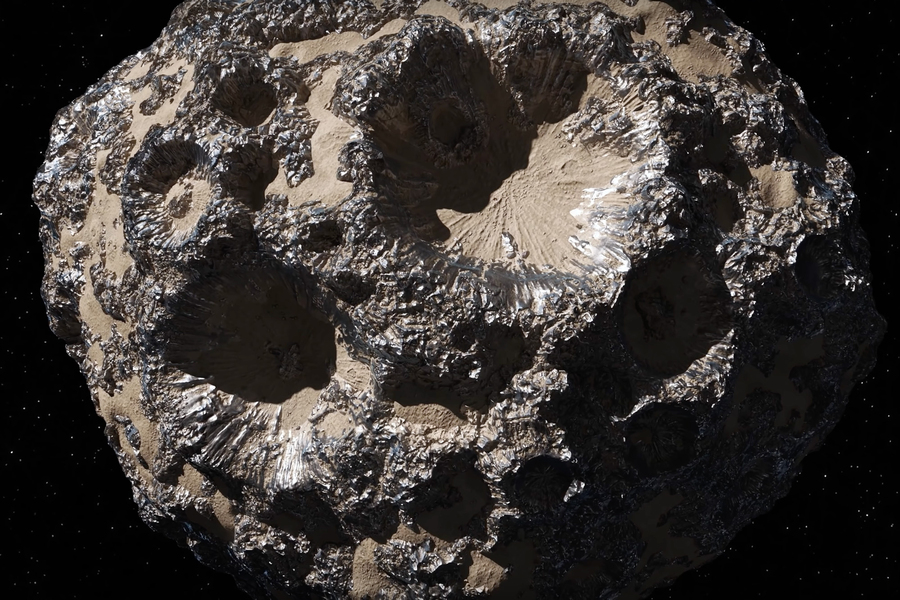
A group of Canadian researchers claims to have found two new minerals from their analysis of the world’s ninth-largest meteorite discovered in Somalia. The newly discovered minerals have been named elaliite, and elkinstantonite. Elaliite refers to the rock’s location in El Ali Town, while Elkins-Tanton, the lead scientist of NASA’s forthcoming Psyche mission, which intends to send a spacecraft to a metal-rich asteroid, is honored with the moniker Elkinstantonite.
The University of Alberta intended to further examine the extraterrestrial rock, however, as per Herd, there are reports that it has been removed to China, where it may be put on the market. In international marketplaces, meteorite has a specialized market where they are frequently bought and sold for quite lucrative sums.
They suggest that the 15-ton meteorite that fell in east Africa, close to the town of El Ali, in the Hiiraan region, may also include a potential third new mineral. The meteorite discovered in 2020 was called El Ali by western experts and “nightfall” by locals, according to The Guardian. Locals assert that they have known about extraterrestrial rock for a very long time, though.
A 70-gram slice of the iron-based meteorite was transported to the University of Alberta’s meteorite collection in order to be classified. The collection’s curator, Dr. Chris Herd, discovered “strange” minerals in the sandstone at that location.
The newly discovered minerals have been named elaliite and elkinstantonite
Elaliite and elkinstantonite are the names given to the recently found minerals. El Ali Town serves as the inspiration for the name “elaliite,” while “elkinstantonite” honors Lindy Elkins-Tanton, the lead scientist for NASA‘s upcoming Psyche mission, which aims to send a spacecraft to a metal-rich asteroid.
“Lindy has done a lot of work on how the cores of planets form, how these iron-nickel cores form, and the closest analogue we have are iron meteorite. So it made sense to name a mineral after her and recognize her contributions to science,” Herd was quoted as saying by Guardian.
The sample was then examined by colleague Andrew Locock, director of the university’s electron microprobe laboratory, who works for Herd, a professor in the department of Earth and atmospheric sciences. The discovery of two novel minerals in the meteorite was made by Locock. The analysis is still needed to confirm the third probable mineral. (https://yellowtail.tech)
“That was phenomenal,” says Herd, adding that while in the 1980s similar minerals were created in the laboratory, this is the first time they’ve been recorded as appearing in nature. He said that the minerals might have practical applications and that this could assist determine how “nature’s laboratory” operates.
